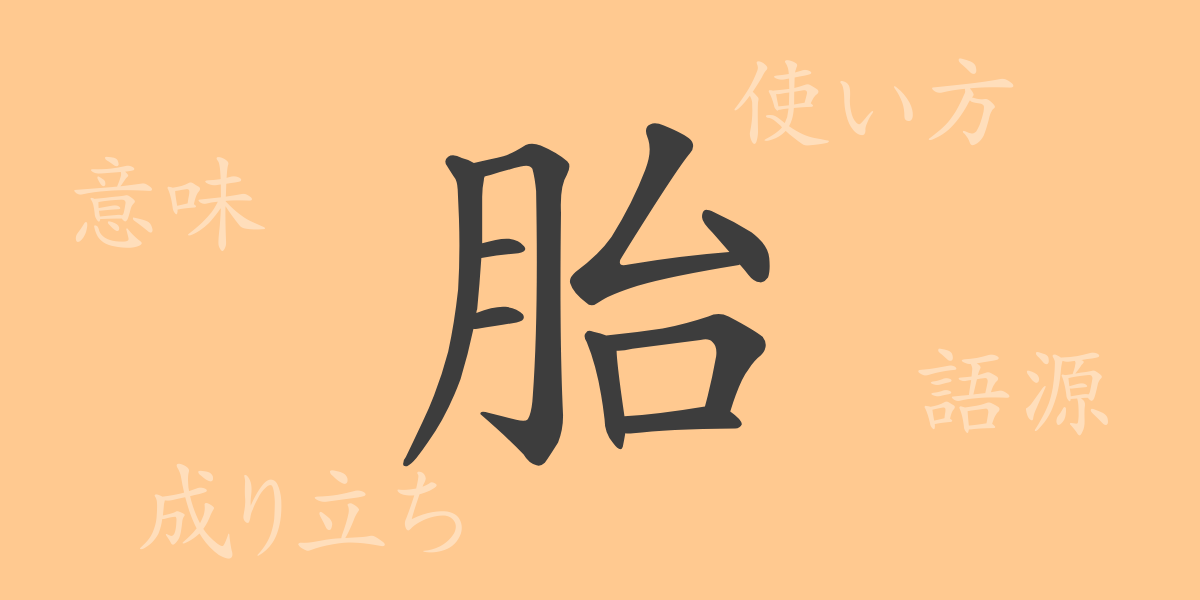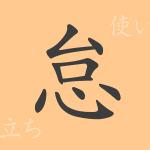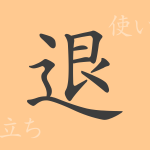The beauty of Japanese language is often expressed in its intricate characters. The commonly used Kanji ‘胎’ (タイ) (tai), symbolizes the beginning and growth of life. In this article, we dive deep into the world of ‘胎,’ exploring its origins, meanings, usages, and the phrases and idioms that encompass this Kanji. Let’s explore the depths of the Japanese language together.
Origin of ‘胎’ (tai)
The Kanji ‘胎’ originated from ancient China, where it was depicted in oracle bone script as a symbol for the womb. Over time, the character evolved to its current form, ‘胎,’ which is used to represent not only human or animal embryos but also the immature state of things.
Meaning and Usage of ‘胎’ (tai)
The Kanji ‘胎’ commonly refers to a place or state where life is nurtured, such as in terms like ‘胎児’ (たいじ) (taiji, embryo) and ‘胎内’ (たいない) (tainai, within the womb). Metaphorically, it is also used to describe the initial stages of formation or the foundational aspects of a matter. For example, ‘胎動’ (たいどう) (taidou), which literally means the movement of an embryo, can also signify the start of new developments.
Readings, Stroke Count, and Radical of ‘胎’ (tai)
The Kanji ‘胎’ holds various detailed features:
- Readings: On’yomi ‘タイ’ (tai); there are no common Kun’yomi readings.
- Stroke Count: ‘胎’ consists of 9 strokes.
- Radical: The radical of ‘胎’ is ‘月’ (にくづき) (nikuzuki), which suggests a connection to flesh or body parts.
Phrases and Idioms Using ‘胎’ (tai) and Their Meanings
Phrases and idioms including ‘胎’ often carry profound meanings about life and growth. For instance, ‘胎教’ (たいきょう) (taikyou) refers to the practice of educating an embryo by providing good stimuli while in the womb. ‘一胎当千’ (いったいとうせん) (ittaitousen), a phrase deriving from a Chinese tale, denotes something of great value, as valuable as a thousand people, highlighting the worth of a single child.
Conclusion on ‘胎’ (tai)
The Kanji ‘胎’ symbolizes significant concepts such as birth and growth. Understanding its origins, contemporary usage, and associated idioms and phrases enriches our comprehension of Japanese. Appreciating the rich imagery and meanings associated with ‘胎’ is valuable in deepening our grasp of Japanese language and culture.

























